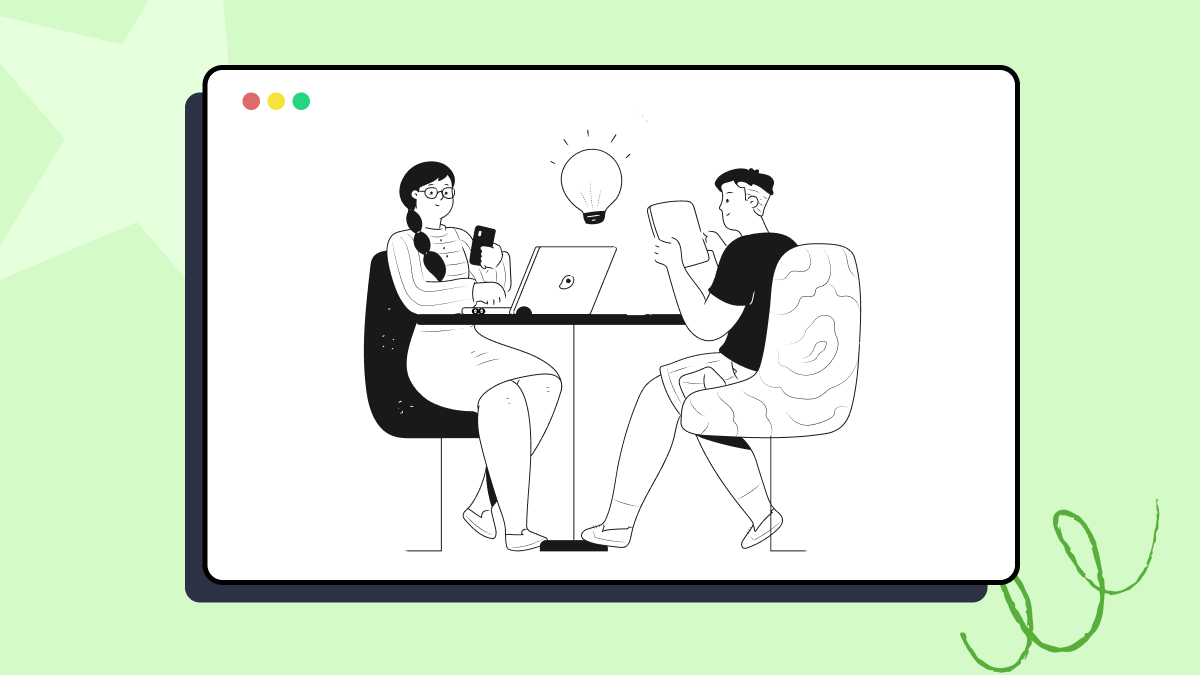How to use setFieldValue method of com.foo.rpc.examples.spring.taint.TaintService class
Best EvoMaster code snippet using com.foo.rpc.examples.spring.taint.TaintService.setFieldValue
setFieldValue
Using AI Code Generation
1package com.foo.rpc.examples.spring.taint;2import org.springframework.context.ApplicationContext;3import org.springframework.context.support.ClassPathXmlApplicationContext;4import com.foo.rpc.examples.spring.taint.TaintService;5public class TaintServiceTest {6 public static void main(StringBlogs
Check out the latest blogs from LambdaTest on this topic:
How do we acquire knowledge? This is one of the seemingly basic but critical questions you and your team members must ask and consider. We are experts; therefore, we understand why we study and what we should learn. However, many of us do not give enough thought to how we learn.
Anyone who has worked in the software industry for a while can tell you stories about projects that were on the verge of failure. Many initiatives fail even before they reach clients, which is especially disheartening when the failure is fully avoidable.
 QA testers have a unique role and responsibility to serve the customer. Serving the customer in software testing means protecting customers from application defects, failures, and perceived failures from missing or misunderstood requirements. Testing for known requirements based on documentation or discussion is the core of the testing profession. One unique way QA testers can both differentiate themselves and be innovative occurs when senseshaping is used to improve the application user experience.
QA testers have a unique role and responsibility to serve the customer. Serving the customer in software testing means protecting customers from application defects, failures, and perceived failures from missing or misunderstood requirements. Testing for known requirements based on documentation or discussion is the core of the testing profession. One unique way QA testers can both differentiate themselves and be innovative occurs when senseshaping is used to improve the application user experience.
When most firms employed a waterfall development model, it was widely joked about in the industry that Google kept its products in beta forever. Google has been a pioneer in making the case for in-production testing. Traditionally, before a build could go live, a tester was responsible for testing all scenarios, both defined and extempore, in a testing environment. However, this concept is evolving on multiple fronts today. For example, the tester is no longer testing alone. Developers, designers, build engineers, other stakeholders, and end users, both inside and outside the product team, are testing the product and providing feedback.
The web paradigm has changed considerably over the last few years. Web 2.0, a term coined way back in 1999, was one of the pivotal moments in the history of the Internet. UGC (User Generated Content), ease of use, and interoperability for the end-users were the key pillars of Web 2.0. Consumers who were only consuming content up till now started creating different forms of content (e.g., text, audio, video, etc.).
Automation Testing Tutorials
Learn to execute automation testing from scratch with LambdaTest Learning Hub. Right from setting up the prerequisites to run your first automation test, to following best practices and diving deeper into advanced test scenarios. LambdaTest Learning Hubs compile a list of step-by-step guides to help you be proficient with different test automation frameworks i.e. Selenium, Cypress, TestNG etc.
LambdaTest Learning Hubs:
- JUnit Tutorial
- TestNG Tutorial
- Webdriver Tutorial
- WebDriverIO Tutorial
- Protractor Tutorial
- Selenium 4 Tutorial
- Jenkins Tutorial
- NUnit Tutorial
- Jest Tutorial
- Playwright Tutorial
- Cypress Tutorial
- PyTest Tutorial
YouTube
You could also refer to video tutorials over LambdaTest YouTube channel to get step by step demonstration from industry experts.
Most used method in TaintService
- getInteger
- getDate
- getConstant
- getThirdParty
- getCollection
- Factory
- getClient
- Client
- send_getInteger
- recv_getInteger
- send_getDate
- recv_getDate
- send_getConstant
- recv_getConstant
- send_getThirdParty
- recv_getThirdParty
- send_getCollection
- recv_getCollection
- getAsyncClient
- AsyncClient
- getInteger_call
- write_args
- getResult
- getDate_call
- getConstant_call
- getThirdParty_call
- getCollection_call
- Processor
- getProcessMap
- getEmptyArgsInstance
- isOneway
- rethrowUnhandledExceptions
- AsyncProcessor
- getResultHandler
- onComplete
- onError
- start
- getInteger_argsStandardSchemeFactory
- getInteger_argsTupleSchemeFactory
- findByThriftId
- findByThriftIdOrThrow
- findByName
- getThriftFieldId
- getFieldName
- getInteger_args
- deepCopy
- clear
- getValue
- setValue
- unsetValue
- isSetValue
- setValueIsSet
- setFieldValue
- getFieldValue
- isSet
- equals
- hashCode
- compareTo
- fieldForId
- read
- write
- toString
- validate
- writeObject
- readObject
- getScheme
- scheme
- getInteger_resultStandardSchemeFactory
- getInteger_resultTupleSchemeFactory
- getInteger_result
- getSuccess
- setSuccess
- unsetSuccess
- isSetSuccess
- setSuccessIsSet
- getDate_argsStandardSchemeFactory
- getDate_argsTupleSchemeFactory
- getDate_args
- getDate_resultStandardSchemeFactory
- getDate_resultTupleSchemeFactory
- getDate_result
- getConstant_argsStandardSchemeFactory
- getConstant_argsTupleSchemeFactory
- getConstant_args
- getConstant_resultStandardSchemeFactory
- getConstant_resultTupleSchemeFactory
- getConstant_result
- getThirdParty_argsStandardSchemeFactory
- getThirdParty_argsTupleSchemeFactory
- getThirdParty_args
- getThirdParty_resultStandardSchemeFactory
- getThirdParty_resultTupleSchemeFactory
- getThirdParty_result
- getCollection_argsStandardSchemeFactory
- getCollection_argsTupleSchemeFactory
- getCollection_args
- getCollection_resultStandardSchemeFactory
- getCollection_resultTupleSchemeFactory
- getCollection_result
